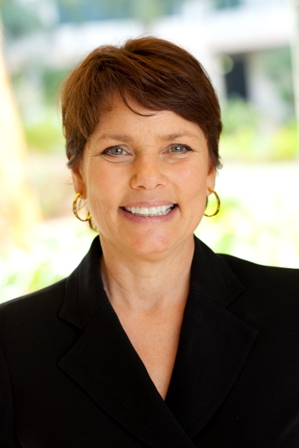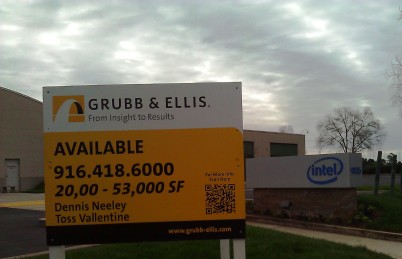My Android phone has been giving me fits for several months. When trying to run programs, it would lock-up and require me to remove the battery to re-start the phone. I often got the black screen of nothingness. Also, it would just randomly start clicking on icons and start programs all by itself. This behavior also caused me to have to pull the battery and try restarting the phone. These fits of uncontrolled behavior often caused me to pull the battery five or more times. Occasionally I could never regain control of the phone. I would just have to let it sit with the screen off and after a few hours it would behave better.
I had been holding out for a new Windows Phone 7 with a larger screen and 4G speed but I decided that I could wait no longer. Verizon has some bee up their bonnet that prevents them from competing head-to head with AT&T with Windows Phones. If AT&T made me a deal, I might be tempted to go back.
I looked at the 4G Droid phones that Verizon carries and was shocked to see that all but a new Samsung were all old versions of the Android Operating System. I know that “ice cream sandwich” is the newest version available. This is version 4 of the OS, but the new 4G Motorola phones were all stuck in version 2. What is this? Why should I pay $200 for a phone with an operating system three years and three generations behind?
As I was contemplating what to do about a new phone, I learned that my daughter had cracked the screen of her HTC Trophy. She loves the phone and it still works but since it’s not insured, she is stuck with it. She is only six months into a two year contract. This is when I learned that Verizon had pulled all the Trophy phones from their retail stores and only offered the remaining inventory online.
I decided as a stop-gap measure that I would get a phone for me that could later replace the broken one that my daughter has been using. I went to my local Best Buy store and bought myself the HTC Trophy for $30. Best Buy had six in their warehouse and shipped mine via UPS ground. I took it to the store where I had purchased it to get it activated. I logged into the phone with my Windows Live account, tested the phone and then went home and upgraded the phone to “Mango”. Then I started installing apps.
Here are my impressions of the phone thus far:
• Calls are crystal clear compared to the Droid. Often I can’t tell anyone answered the phone until they talk. When there is a pause on the other end, I often check to see if the caller is there or I dropped the call.
• The Blue Tooth is more stable and connects all the time. My Droid usually took several tries to connect successfully.
• The address book is way different than the Android phone. Windows Phone 7 integrates my Live contacts with my Facebook contacts automatically to create one unified entry for each person in the address book. It even uses the profile photo from Facebook in the tiles of the phone. With a single gesture I can find the contact and then scroll thru their information, recent posts and more.
• I’ve read much about the lack of apps for Windows Phones. I can think of three that I used that were not found for the Marketplace. Thus far, there is no Amazon app to access my music stored in their “cloud drive” or apps for the web sites Blastr or KOVR. The game I miss most is Robo Defense.
• XBOX Live Games is the game hub for the Windows Phone. It even displays my avatar from my XBOX Live account. The first time I saw him on my phone, he was playing catch with a cell phone. He tossed it into the air and would then catch it again. Clever animation.
• Loading custom ringtones into the phone is a challenge but it’s not much harder than it was setting up the Android phone. Mostly it is just a matter of having a song snippet that is the right size, length and format and then loading it with Zune.
• The battery life is slightly shorter than the Droid but can usually get me thru the work day.
• I’m still trying to master the camera features. The video is mp4 format.
Some apps on my Windows Phone include:
• Adobe Acrobat
• Amazon Kindle
• Amazon Mobile
• YouVersion Bible
• CNET
• Compass
• Connectivity Shortcuts (Blue Tooth, Wifi, etc.)
• Facebook
• DirecTV
• Fandango
• Flashlight
• Fox News
• XBOX Live Games
• iHeartRadio (Clear Channel internet app)
• Knot Guide (shows you how to tie over 90 different knots)
• Lists
• NetFlix
• Microsoft Office
• Periodic Table
• Photo Enhancer
• SimiRSS (RSS reader of course)
• Stop Watch
• SkyDrive
• Sky Map Free
• Skyrim Herbarium (in case I ever get far enough into Skyrim to use the stuff I find to make potions)
• TuneIn Radio (Internet app for most AM & FM radio stations in the US)
• Voice Recorder
• Weather
• Windows Phone News
This phone is a major step up from the fragmented world of Android. If you want better speed and stability consider Windows Phone 7 on you next phone—unless you have Verizon and then you need to wait for Windows Phone 8.


